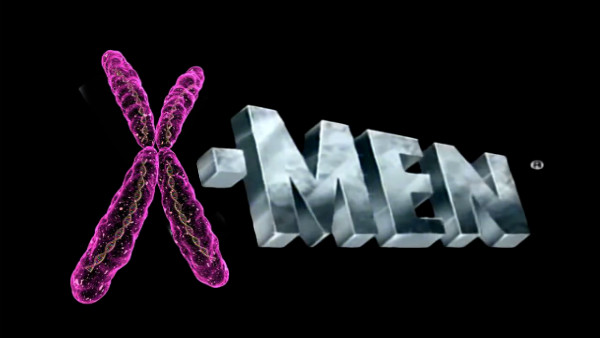7 Awesome X-Men That Could Actually Exist (And How You Could Be One Too)
X-Men-worthy superpowers may be more real than you think.

X-Men: Apocalypse is enjoying its second month in theatres, having grossed over $500 million USD at the box office. Even if you haven’t seen it, chances are you’ve seen one of its eight predecessors, featuring heroes from Hugh Jackman’s Wolverine to Ryan Reynold’s Deadpool. In Hollywood, mutants are money.
But are these mutants just science fiction… or are some X-Powers science fact? The answer may surprise you!
Mutants Two Ways
Professor X defines mutants as the next step in the evolution of humanity. Children born with a mutation in their X-gene develop special powers that manifest in adolescence… and apparently make them into supermodels and Bond Girls, if Hollywood is to be believed. Lucky, right?
Science defines “mutant” a little differently. Imagine for a minute that your DNA is an all-you-can-eat buffet. Somewhere in the kitchen is a recipe book outlining all the dishes to be served (these are your genes) and the recipes for them (written in DNA). These recipes have been copied out and passed down to each new restaurant since the very first buffet opened 4 billion-ish years ago. At some point, someone even clued into adding pencilled in “epigenetic” notes in the margin of recipes.
The trouble is our genetic recipe book is so damn big. While our bodies rock at copying the info, some errors are inevitable -- to the tune of a few hundred typos per replication. Science defines each typo as a mutation. Usually these typos are easily decipherable and the dish comes out unchanged. Rarely, the typos have big consequences and very, very rarely they lead to something even better than before, or something new altogether.
The X-Men version of mutation and human evolution may be highly optimistic, but it’s not impossible. So far science is on our side. But what about specific mutants? Could anyone actually have telepathy or super-human strength? To answer this question, we turn to Derren Brown, quantum computing, and 19th century freak shows.
7. Wolverine (Regeneration)

With his own movie, compelling storyline, and a superstar Australian actor to portray him, Logan (aka Wolverine) is one of the most popular X-Men. Incidentally, he's also one of the most scientifically credible.
Wolverine is most famous for his adamantium claws (not a real metal, btw) that erupt from his knuckles. But Logan's true X-power is regeneration.
Although humans lack the ability to regenerate limbs, plenty of animals in nature can. Newts and salamanders are capable of regrowing their tails and eyes. Somewhere in the evolutionary process, the genetic ancestors of humans lost this ability - the genes are still there, but they just don't do anything.
What happens when we artificially turn on long-silenced genes? Researchers tried this on chickens, who along with other avians lost the ability to grow teeth around 90 million years ago. When the gene is activated, hens really do grow teeth.
Activating ancient genes can work on mammals as well. Mice with the Lin28a gene activated are able to regrow lost toes and tails.
So: Is it likely there are humans walking among us who are able to regenerate their tissues? It's scientifically possible, but by Shyamalanian logic, we won't know for sure until one of them loses a limb! As for adamantium-plated skeletons? That's one best left to science-fiction.